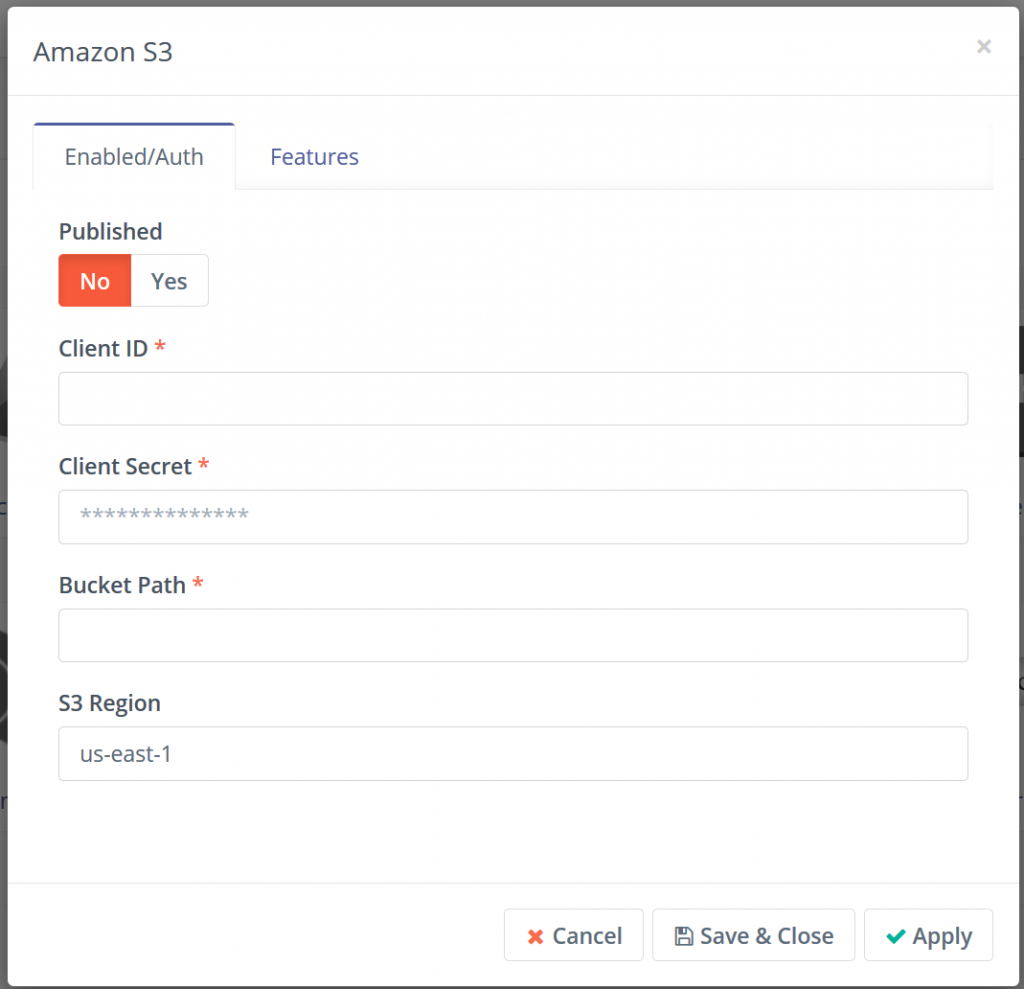Shipt: An In-Depth Review
UPDATE 10/5/2020:
TL;DR – 3rd party grocery delivery services cost 50% more than delivery directly from the supermarket.
I ordered directly from the supermarket (Vons, $100 total) and compared it to the same order from Shipt. The store had:
- Same number of delivery slots.
- Much bigger selection.
- Fewer items sold out, even though the order was double my usual.
- Assume supermarket employees store filled the order from the stock room, not the shelves.
- Store doesn’t sell you items it knows are sold out or that it doesn’t carry at that location.
- This means way fewer substitutions, and the couple I got were good.
- Fewer items missing/forgotten.
- Personal shoppers are rushing to maximize hourly rate and it shows.
- Big savings. Even with a $10 delivery fee, I saved over $50 vs Shipt and got rewards points on my card. Food markup plus a 15% tip (not required, but expected) adds 50% to your total price.
In most cases, doesn’t make sense to use Shipt/Instacart even with the flat yearly fee.
ORIGINAL POST:
I recently solicited opinions on the shopping service Shipt but didn’t get much in response, so I thought I’d try them out. I was running out a few essentials (coffee is an essential) and since I don’t have a trustworthy face mask, I figured I’d try Shipt. It didn’t hurt that I walk to the grocery store and it’s raining.
Basic facts:
- $99/year or $14/month
- adds about 15% to most grocery store prices
- a minimum order size of $35 (or a surcharge)
- multiple addresses allowed
- nationwide
- save Mom a trip
- you shop through their app or web site (except Target)
- doesn’t use your rewards card/account (except Petco and Target)
- no points, gas discount, etc.
- no digital coupons
- no mix and match, “$5 for 5,” etc.
- Target is special
- integrated into site, including search and checkout
- charges you a $6 delivery fee on top of Shipt, so considerably more than the 5% surcharge until you hit $120
- does credit you for the purchase (rewards work)
- Many big chains supported. Enter ZIP code to learn which, since someplace you consider close, Shipt considers too far. List includes:
- Costco
- CVS
- HEB
- Kroger
- Meijer
- Office Depot/OfficeMax
- Petco
- Publix
- Ralphs
- Sur la Table
- Target
- Vons/Pavilions
- Winn Dixie
Here’s the result of my experience.
Pros:
- I am still safe and healthy and now have coffee.
- Cheaper than store delivery, even if you just use it monthly.
- Saved ~45 minutes on a one-bag trip.
- If it’s not available, shopper will send you a photo of a substitution for your approval.
- Items dropped right at my door.
- Friendly shopper.
- I have not heard of Shipt shoppers walking off the job in protest.
Cons:
- Time slots are currently all taken.
- You can only choose for today or tomorrow.
- No booking a week out.
- No notification when a slot opens up.
- Yes, you literally have to keep hitting refresh to see if a slot was added/freed.
- Got a 7-8PM delivery window for the next day, shopping didn’t start until 8:30PM.
- I opted for possible early delivery, which gave me a 8AM-8PM window. Consider that a pro, even though it didn’t happen.
- Many items are missing from their website, but you know the store carries it. Some stores have a lot more missing than others.
- I now see that Ralphs seems to have integrated their inventory system, but not Von/Pavilions. I made the mistake of choosing Pavilions. Test things out yourself.
- If it’s missing, you can make a special request. However, when I got my bill they charged me list price plus an extra dollar, when I know it was on sale. So an extra $3.50 for two items.
- Adding insult to injury, one of the two was the wrong variety.
- Substitutions were sometimes way off.
- She could think of no substitution for sesame seed sandwich rolls (really?), so they were just not included.
- Suggested buying a bottle of olive oil 3x larger. Luckily I corrected.
- I approved an 8 oz bag of mozzarella of a different brand. Then she bought a huge 32 oz. bag of a different type. Why not the one she suggested?
- Conspiracy theory: they are trying to make me fat(ter).
- Online help/FAQ practically nonexistent.
- Chat agents take literally 3 hours to respond.
- They admit they are taking a week to respond to support emails.
Let’s be clear: in the scheme of things, it’s not a big deal. You send a family member out to get your groceries, probably just as bad. Especially if you send them out at the end of a long day in the middle of the apocalypse. I gave her a good rating and a big tip. But yeah, when this madness is over I expect them to do a lot better.
Would I do this again? Over doing it myself? In the middle of a pandemic? Of course! I will just make sure I start earlier and get a morning slot.
If you think this is worth it for you, you’ll save $10 (and I’ll get $10 credit) if you use my sign up link:
Stay safe!



